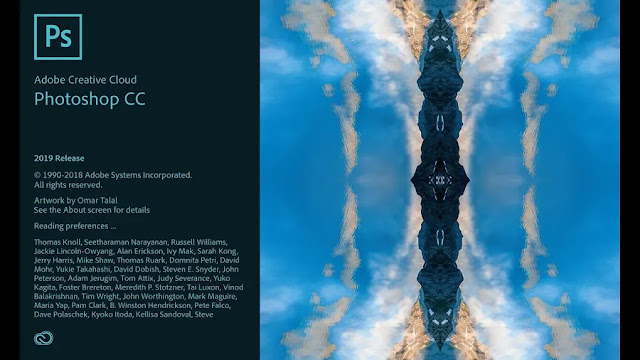What is Orionids Meteor Shower and How can you see this?
Shooting stars will light up the sky on Friday night as debris from Halley's Comet produces one of the year's most reliable meteor showers.
Are shooting stars the same thing as a meteor shower?
Yes. A meteor shower is an increase in shooting stars or meteors.
Most meteor showers are caused by comets.
As a comet orbits the Sun it sheds an icy, dusty stream along its orbit.
As this debris falls to Earth, it vaporises as it enters the Earth's upper atmosphere, causing the streak of light you can see.
Shooting stars can be caused by particles as small as a grain of sand.
On Friday night debris from Halley's Comet will provide the Orionids Meteor Shower.
- What is the Orionids Meteor Shower?
Debris from Comet 1P Halley - better known as Halley's Comet - is known as the Orionids Meteor Shower because if you trace the path they take across the sky, they appear to originate from a point in the constellation of Orion.
As Halley's Comet orbits the Sun it leaves a tiny path of debris.
This debris enters our planet's atmosphere at speeds of around 41 miles per second, vaporising from friction with the air and causing the streaks of light we see.
- How can I see the meteor shower?
The Orionids can be seen with a naked eye so you will not need binoculars or a telescope. However, you will need to let your eyes adjust to the dark.
- Where can I watch it?
The less light pollution there is the easier it will be to see the Orionids Meteor Shower, so a safe somewhere outside of a town or city would be best.
The meteors can be seen in all parts of the sky, so a wide open space would be best.
The meteor shower can be seen in both the northern and southern hemispheres, but in the UK the best time to see it is between 12am and dawn and viewers should look in a south-east direction.
A gibbous moon (more than half of its surface illuminated) will make the shooting stars harder to see on Friday night.
With dark skies you could expect to see up to 20 meteors an hour.
If you fail to see any meteors on Friday night, the showers will continue throughout October so you still may be able to catch a few.









No comments:
You are welcome to share your ideas with us in comments!